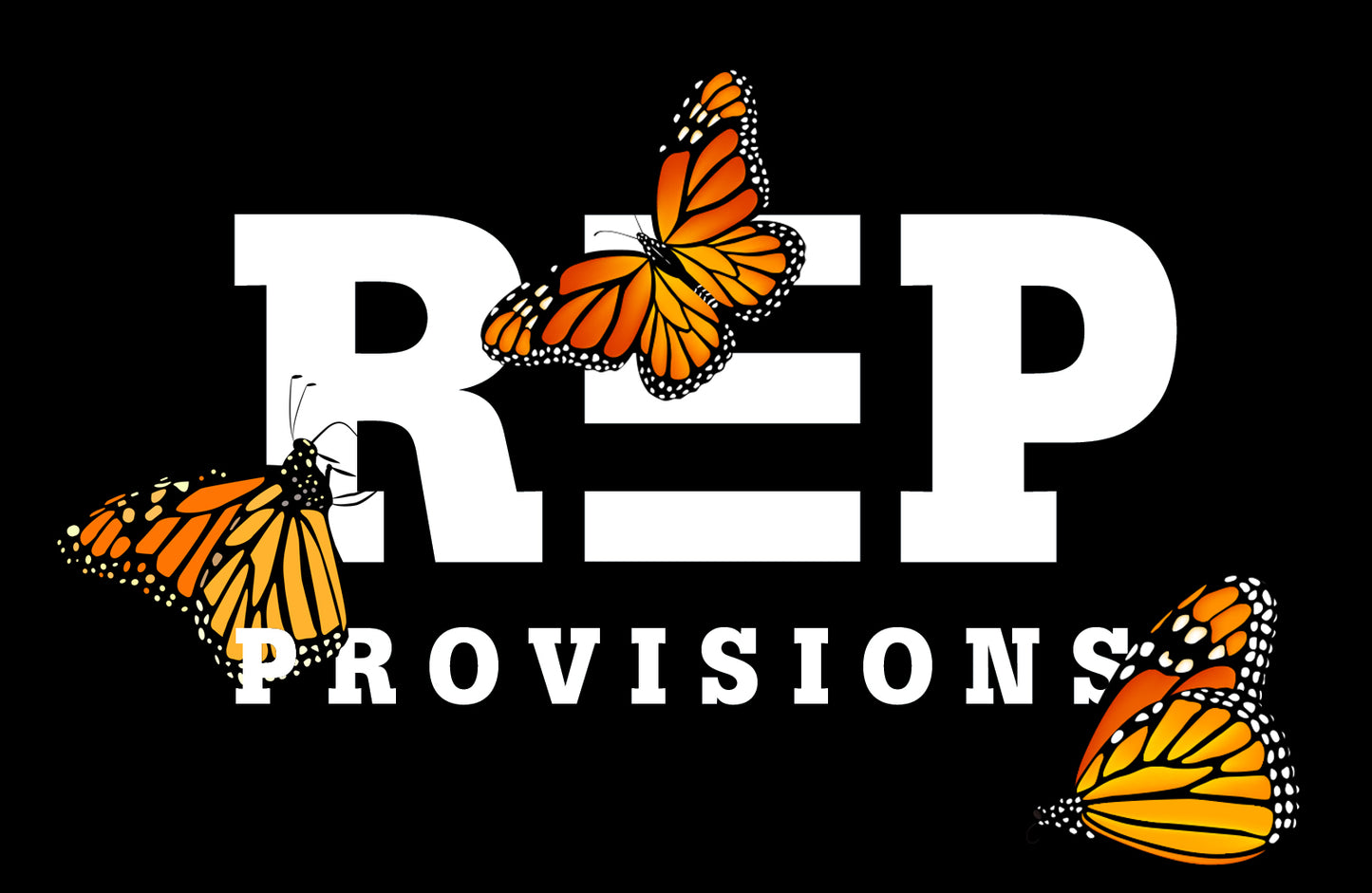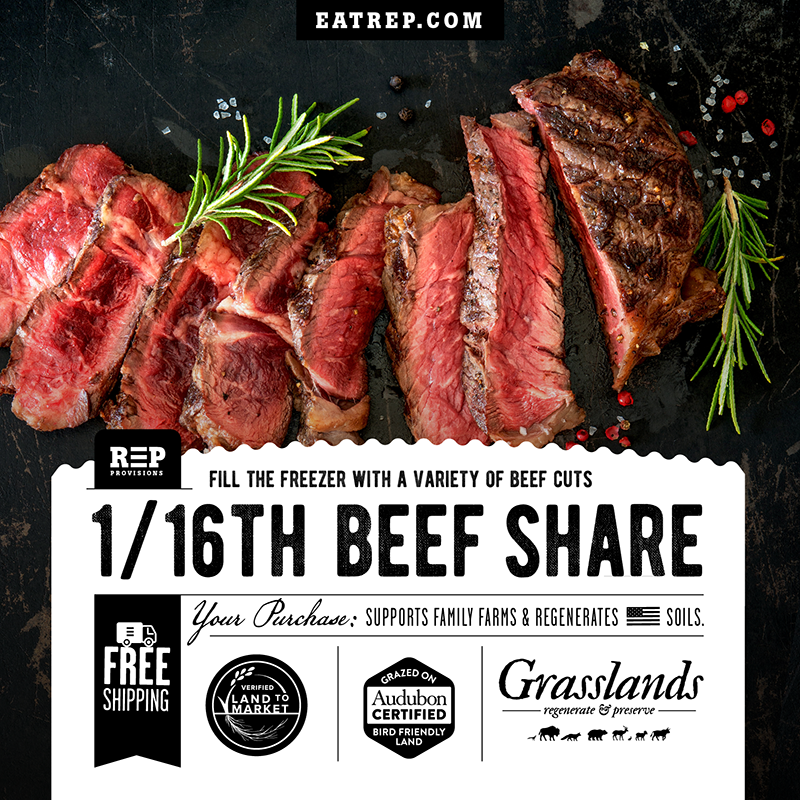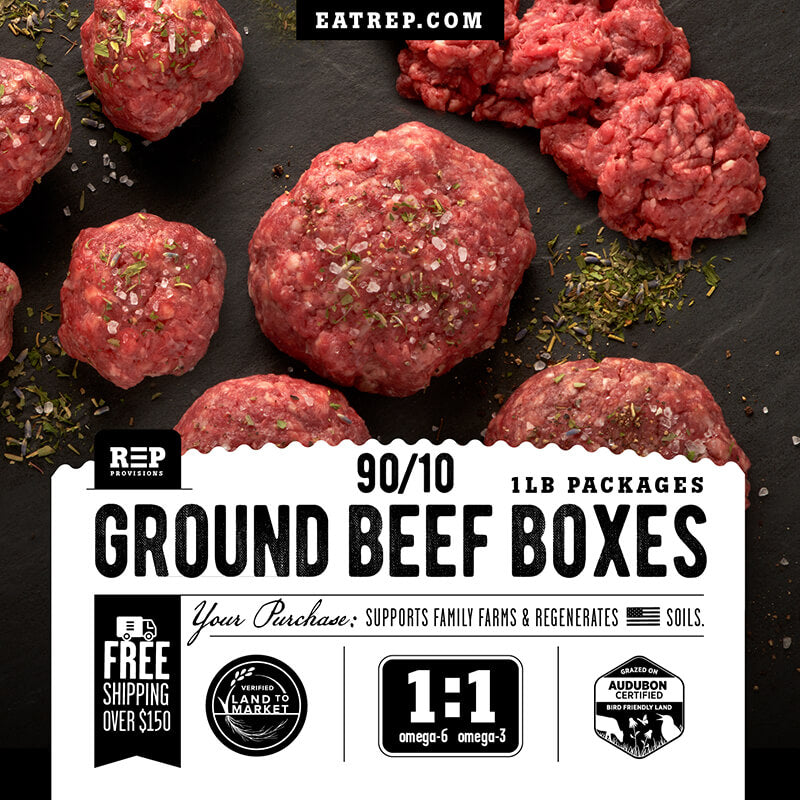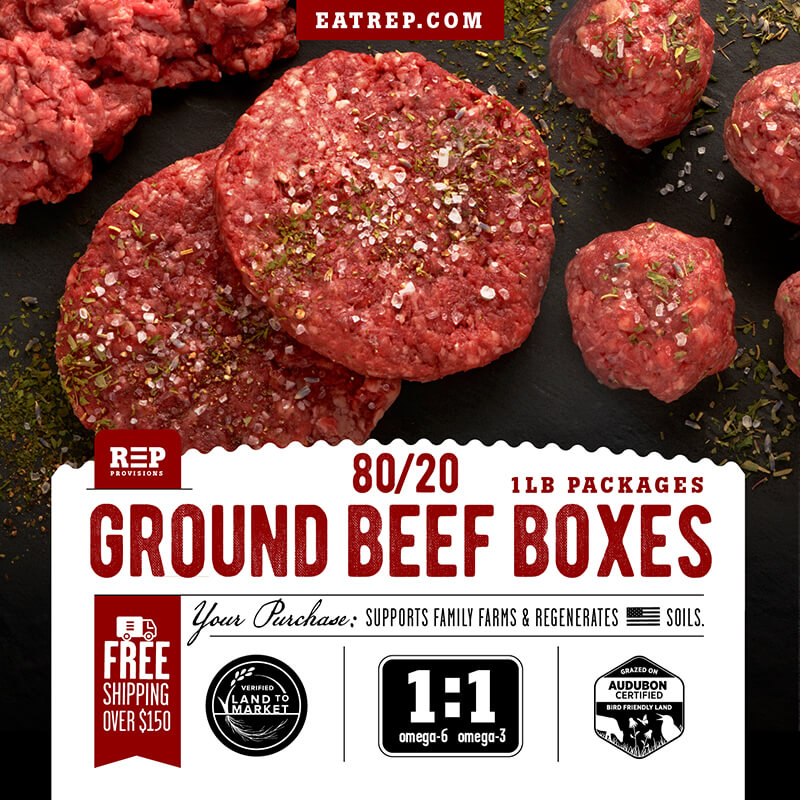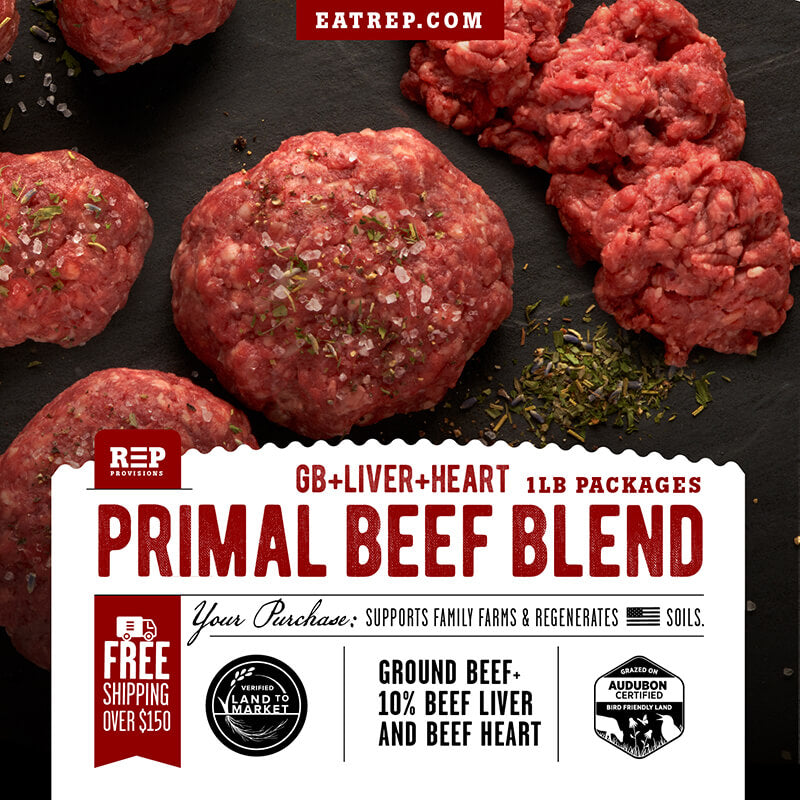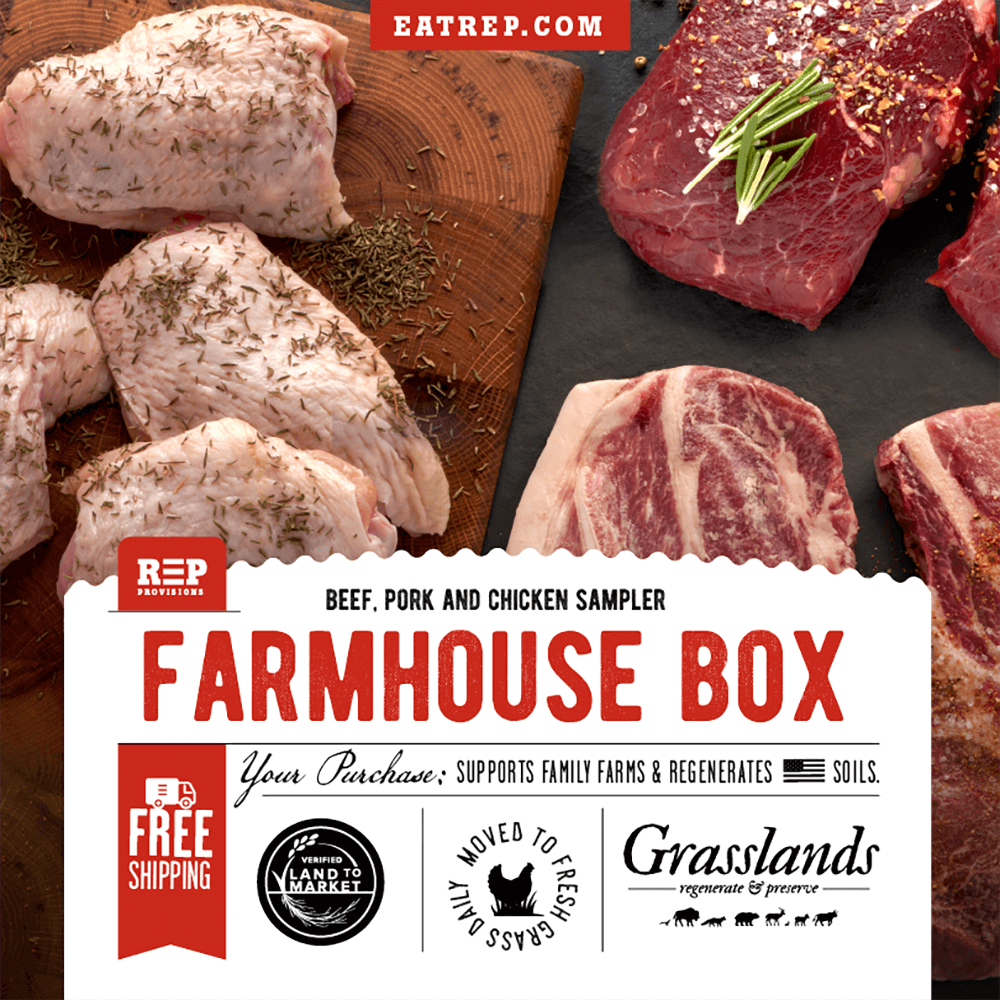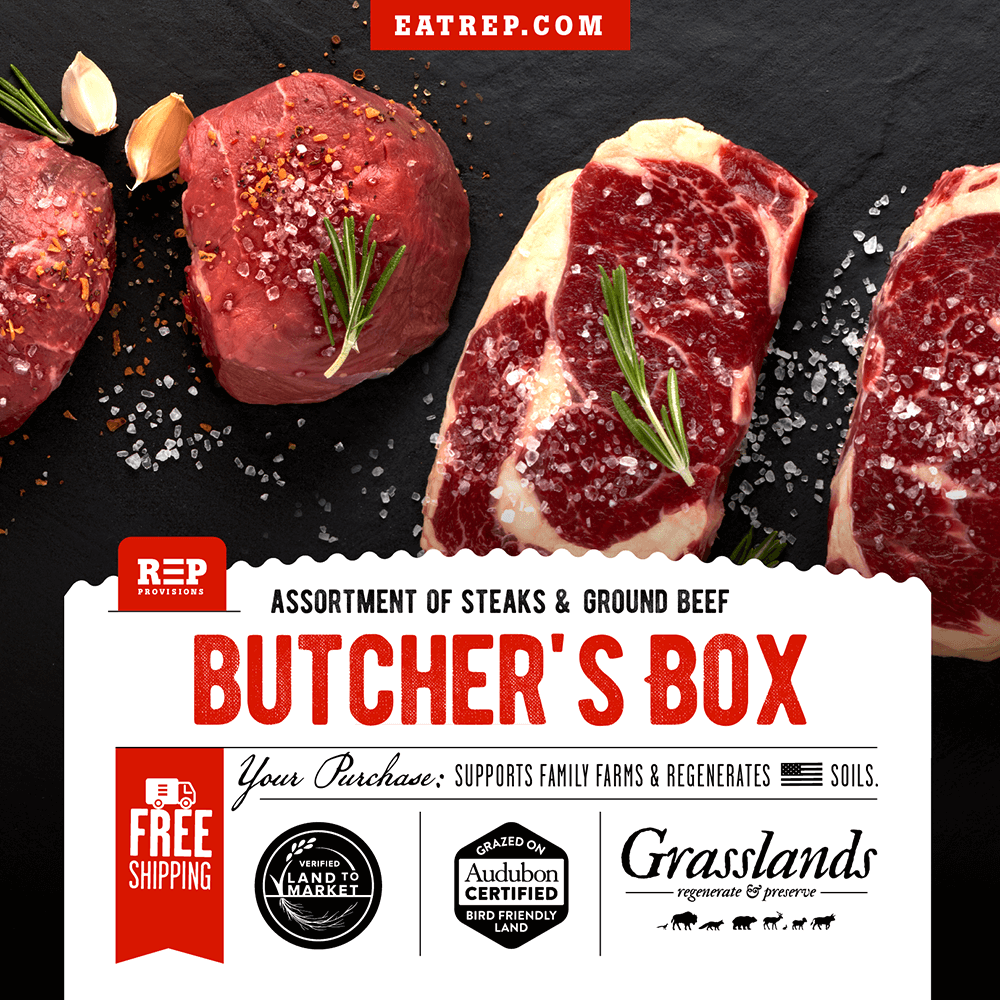REP PROVISIONS BLOG — regenerative
4 Reasons You Should Try Our Regeneratively Raised Grass-Fed Beef
Welcome to the future, or should I say, ancient past, of eating beef. Our Regenerative Beef is among the healthiest and most delicious beef on the planet today. How can we say that with a straight face? We had our beef tested at Michigan State University* and compared it to an existing database of beef profiles. Read below to see the 4 things that makes our beef uniquely different. 1: REP Regenerative Beef is Nutritionally Better. Raised regeneratively, our cattle live in a fully functioning grassland ecosystem that consists of over 70 different native grass species. This plant biodiversity culminates into...
Regenerative Beef: The Healthier Choice That Goes Beyond Sustainable
What exactly does regenerative mean? And why should we be concerned about sustainability in our food systems? The answers may surprise you...
When Meadowlarks Go Missing
Authored by Anthony Hauck A fenceline that a half-century ago had 12 meadowlarks today may only have six. If trends continue, in 25 years, on that same fenceline, there may only be three. Eastern Meadowlarks, in particular, are vulnerable to climate impacts, with a worst-case scenario of eventually losing 37 percent of their current range, mainly across the southern Great Plains and the Southeast. You won’t find those missing Eastern or Western Meadowlarks on the side of a milk carton. (These close bird relatives are remarkably similar in colors and pattern, with each recognized by its very different song and callnotes.)...
You’re Not Just What You Eat; Why Our Current System is Making Us Sicker
“You are what your food eats.” We take in all of the nutrients (and anti-nutrients in some cases like hormones, bad bacteria, and antibiotics) from the foods we eat, which is why it is so important to understand where the quality of our food fits into our priorities.
Recent articles
